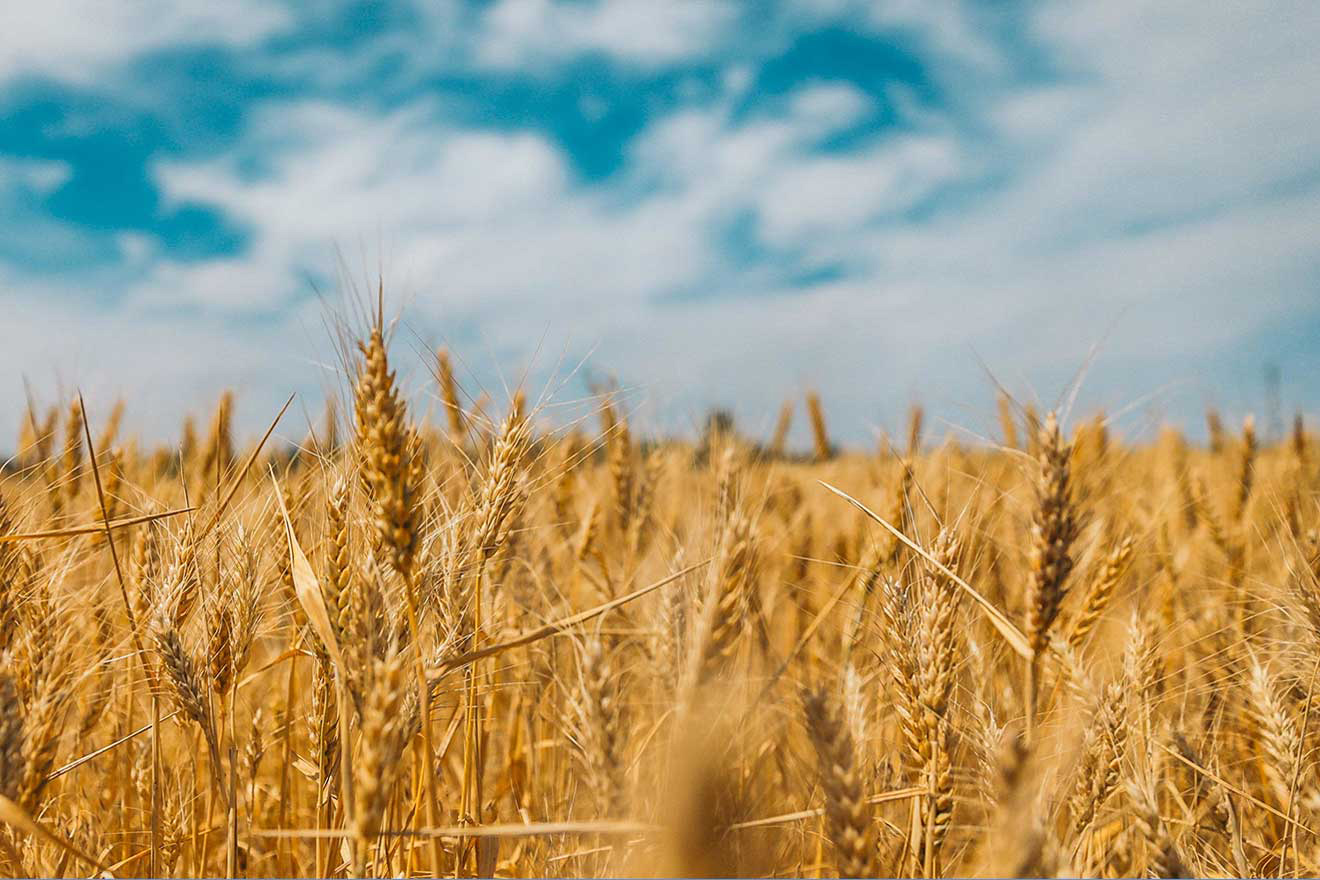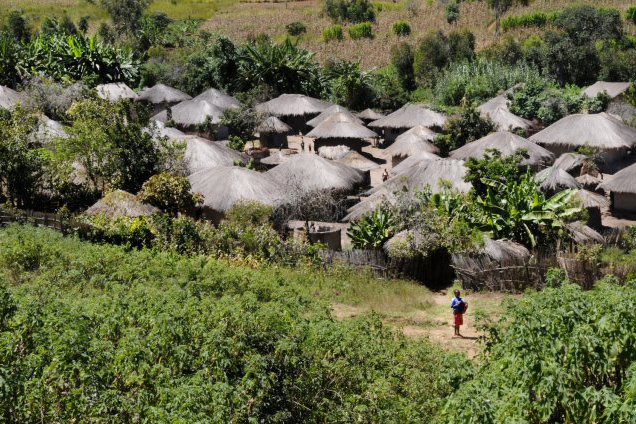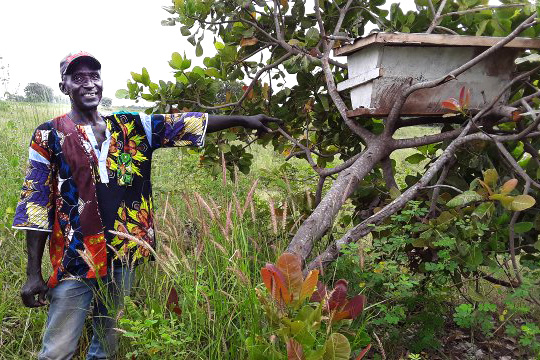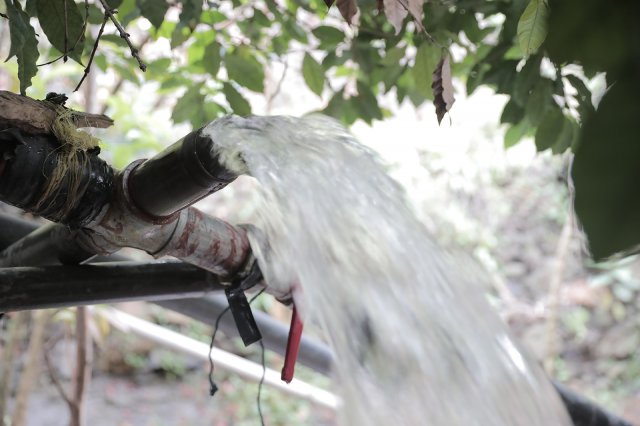The Global Network Against Food Crises releases the latest findings on the number of people facing acute hunger and malnutrition. It also provides an analysis of the drivers that are contributing to food crises, including conflicts, extreme weather events and economic shocks, as well as COVID-19-related economic effects. While it does not include the impacts of the war in Ukraine, it exposes the interconnected nature and fragility of global food systems, with serious consequences for global food and nutrition security.
FAO
In December of 2021, FAO published a report that introduced an innovative way of measuring poverty in rural areas, where the majority of the world's less well-off live, but for which reliable and harmonized data is difficult to come by. The idea is that a more precise identification of who the extreme poor are can help decision-makers shape more accurate policies to tackle rural poverty and hunger. This so-called Rural Multidimensional Poverty Index (R-MPI) was built on the widely accepted notion that household income alone does not fully capture a person's wellbeing.
In this interactive story, FAO presents healthy and sustainable food pathways for schoolchildren. FAO envisions a world where all people enjoy healthy diets, which is one of FAO’s four goals.
Through a flagship programme spearheaded by FAO and the Gambia’s Department of Forestry, the “Community-based Sustainable Dryland Forest Management” project has outfitted groups of community beekeepers, known locally as Honey Enterprise Groups, with beekeeping equipment such as beehives, uniforms, boots, gloves, uniforms and hive tools. With the support of FAO through this GEF-funded project, the Honey Enterprise Groups are constructing beehives in the forest to harvest honey for their livelihoods.
Find out how tomatoes became known for boosting health, food security and livelihoods.
For millions of people across the world, wood helps provide safe drinking water, food and shelter - but wood can do much more and is a renewable resource when forests are managed sustainably. Join FAO in celebrating the International Day of Forests on 21 March and choose sustainable wood for people and the planet.
Imataca is a vast tropical forest in southeast Venezuela spanning 38,000 square kilometers. Rich in biodiversity, the forest is home to thousands of plant and animal species. Decades of illegal logging and mining have led to deforestation and loss of wildlife. The Karina indigenous people living in the forest are working hard to change this. Through a women-led initiative, supported by the Food and Agriculture Organization of the United Nations (FAO), they’re ensuring the forests of Imataca are now protected for generations to come.
Producers: Marina Sánchez Castelo, Charlotta Lomas, Anais Hotin.
Presenter: Charlotta Lomas, FAO.
Photo credit: ©Jesús Contreras/FAO.
Groundwater has helped lift millions of people out of poverty since technologies for drilling and energy sources for pumping became widely available to rural farmers during the latter half of the 20th century. With a projected increase of 50 percent in the demand for food, feed and biofuels by 2050, relative to 2012 levels, the depletion of groundwater, left unabated, threatens to undermine food security, basic water supplies and resilience to the climate crisis on a global scale. As is so often the case, the poorest and most marginalized communities stand to lose the most.
FAO works to utilize local knowledge sharing networks to raise awareness on how people – food producers in particular – can protect themselves from COVID-19 while maintaining their livelihoods.
Under the banner of Pillar IV of FAO’s component of the Global Humanitarian Response Plan for COVID-19; “Ensuring food supply chain actors are not at risk of virus transmission”, the USAID-funded project "Supporting critical agricultural value chains in food crisis countries in the context of COVID-19” developed a range of products including a series of documentaries and animated films to facilitate documentation and dissemination of emerging COVID-19 sensitization responses in 11 focus countries. These products rely on qualitative data collection and beneficiary-level evidence gathering carried out during on-the-ground missions and can all be accessed on the KORE portal.
Hallilah Nakumai’s family always put education first. In a rare opportunity for a young woman from her village, Hallilah attended boarding school and then a bachelor’s degree on Sustainable Tropical Agriculture. She took away invaluable agricultural expertise, diving deep into plant and animal breeding, biotechnology, agribusiness and entrepreneurship. All this proved its value as she returned to her village. She soon sought and received the support of the FAO-implemented programme to streamline and upgrade the agrifood production of her community in Papua New Guinea.
In a country made up mostly of desert, the United Arab Emirates are using innovative technologies to sustainably farm fish, decreasing pressure on ecosystems and meeting the needs of a growing population.
FAO monitors the global Desert Locust situation closely and provides early warnings and alerts on the timing, scale and location of invasions and breeding. This early warning is vital.
With the full picture of damage and needs after Tonga’s massive volcanic eruption and tsunami only gradually emerging, what is already clear is that the stakes could not be higher for the farmers and fishers of the South Pacific island nation, living in one of the world’s most disaster-prone regions. With roughly 86 percent of Tongans engaged in agriculture, FAO is extremely concerned about the potential impacts across all agriculture sectors, including fisheries, crops and livestock, even though information is limited, with communications and access remaining severely affected.
Antimicrobial Resistance (AMR) continues to pose a major threat to human development and to the fight against infectious diseases. A holistic approach must be used to mitigate AMR risks in Africa.












